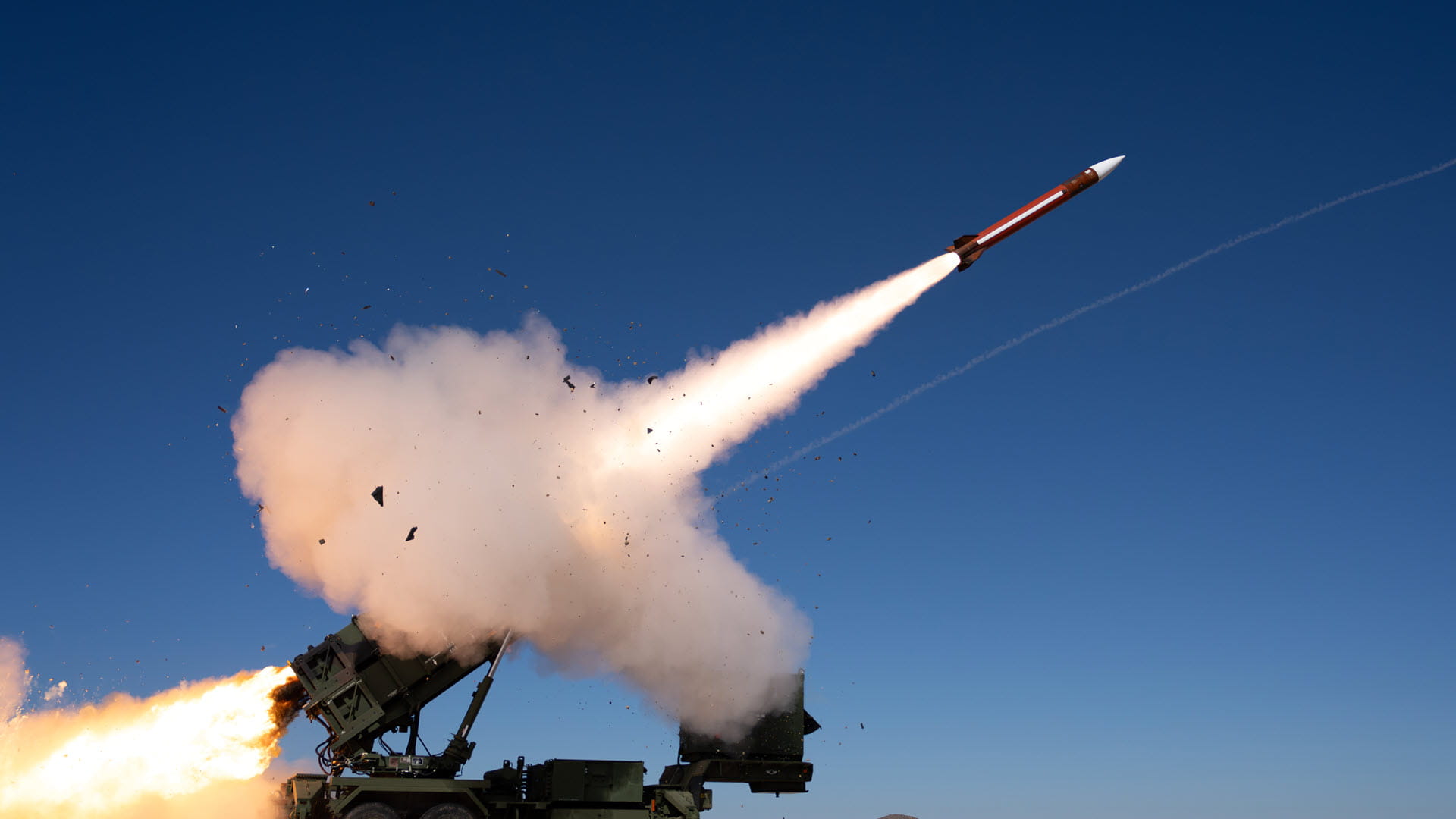A starring moment for the F/A-18
RTX puts the power behind the plane in Top Gun: Maverick
Top Gun: Maverick is more than just a long-awaited sequel to a beloved action film. It’s also a study of the F/A-18 Super Hornet, the fighter jet that takes the place of the F-14 Tomcat featured so prominently in the original.
Few companies know the F/A-18 as well as RTX, whose businesses provide it with precision weapons, radars, sensors, avionics and other systems. And the company employs many former fighter pilots who know from experience what the aircraft can do.
“The F/A-18 is an awesome multirole aircraft that’s good at a lot of things. It's a jack of all trades,” said Brooks “Finch” Cleveland, a former U.S. Navy F/A-18 pilot and a senior aviation adviser for Raytheon, an RTX business. “You have to focus on a lot of different missions, which makes it exciting. You’re not always doing the same thing.”
That could include air superiority, close air support, reconnaissance, fighter escort, strike, suppressing adversary air defenses and forward air control. And it often means deploying from an aircraft carrier – something the F/A-18 was designed specifically to do.
“As a multi-mission strike fighter aircraft, the Super Hornet brings with it a mobility and capability that few tactical aircraft can provide,” said retired U.S. Navy Rear Adm. Roy “Trigger" Kelley, who flew the F/A-18 during his 35 years in the service. He now leads Washington operations for Naval Power Requirements and Capabilities at Raytheon. “You can move the technology – the advanced weapons and systems – of that airplane to just about anybody’s doorstep.”
Here are some of the ways Cleveland, Kelley, and their colleagues across RTX help the F/A-18 and its crews accomplish their many missions.
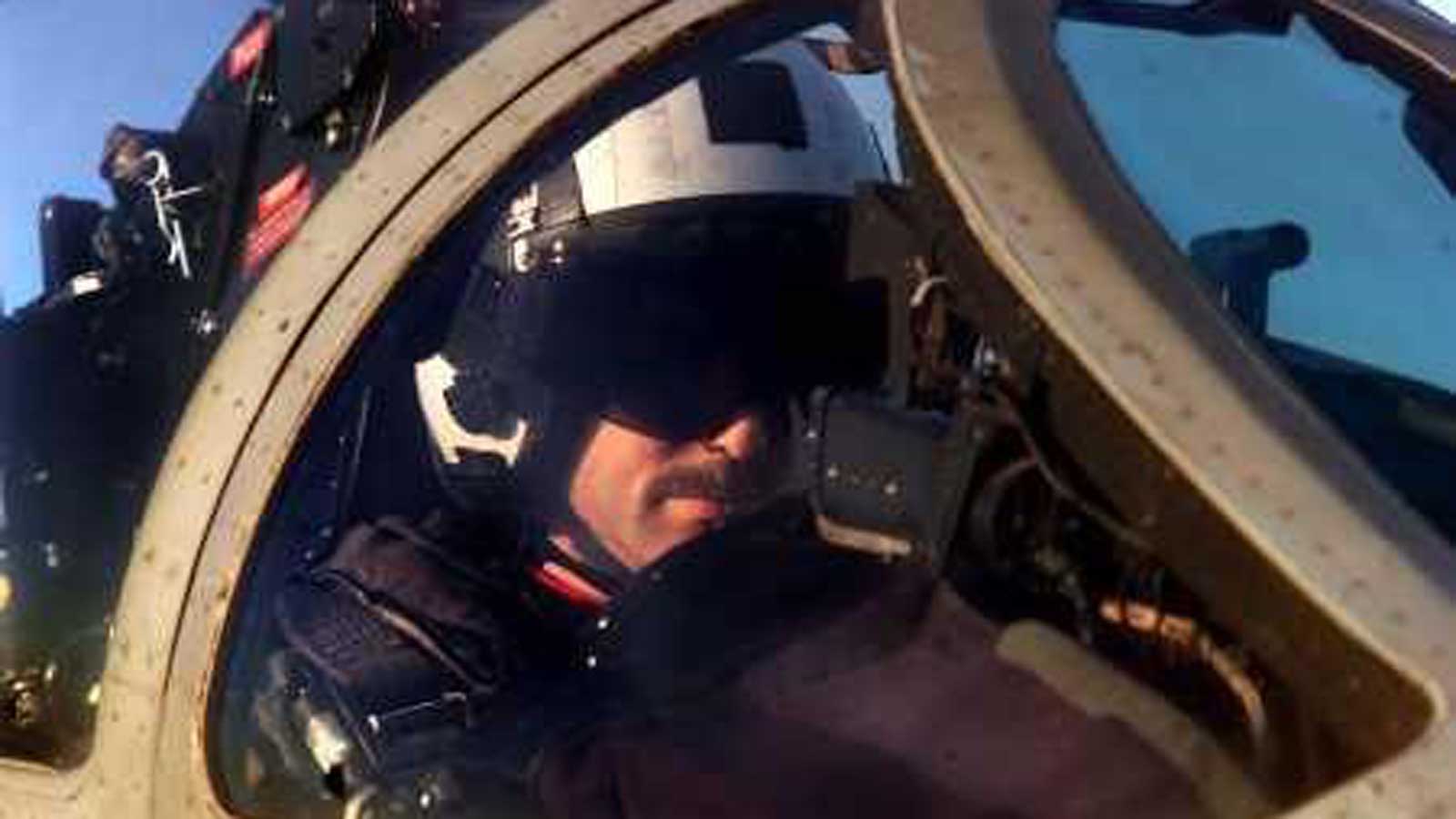
“You can move the technology, the advanced weapons and systems on that airplane, to just about anybody’s doorstep.”
Roy “Trigger” Kelley | Naval Power Requirements and Capabilities | Raytheon
Precision weapons
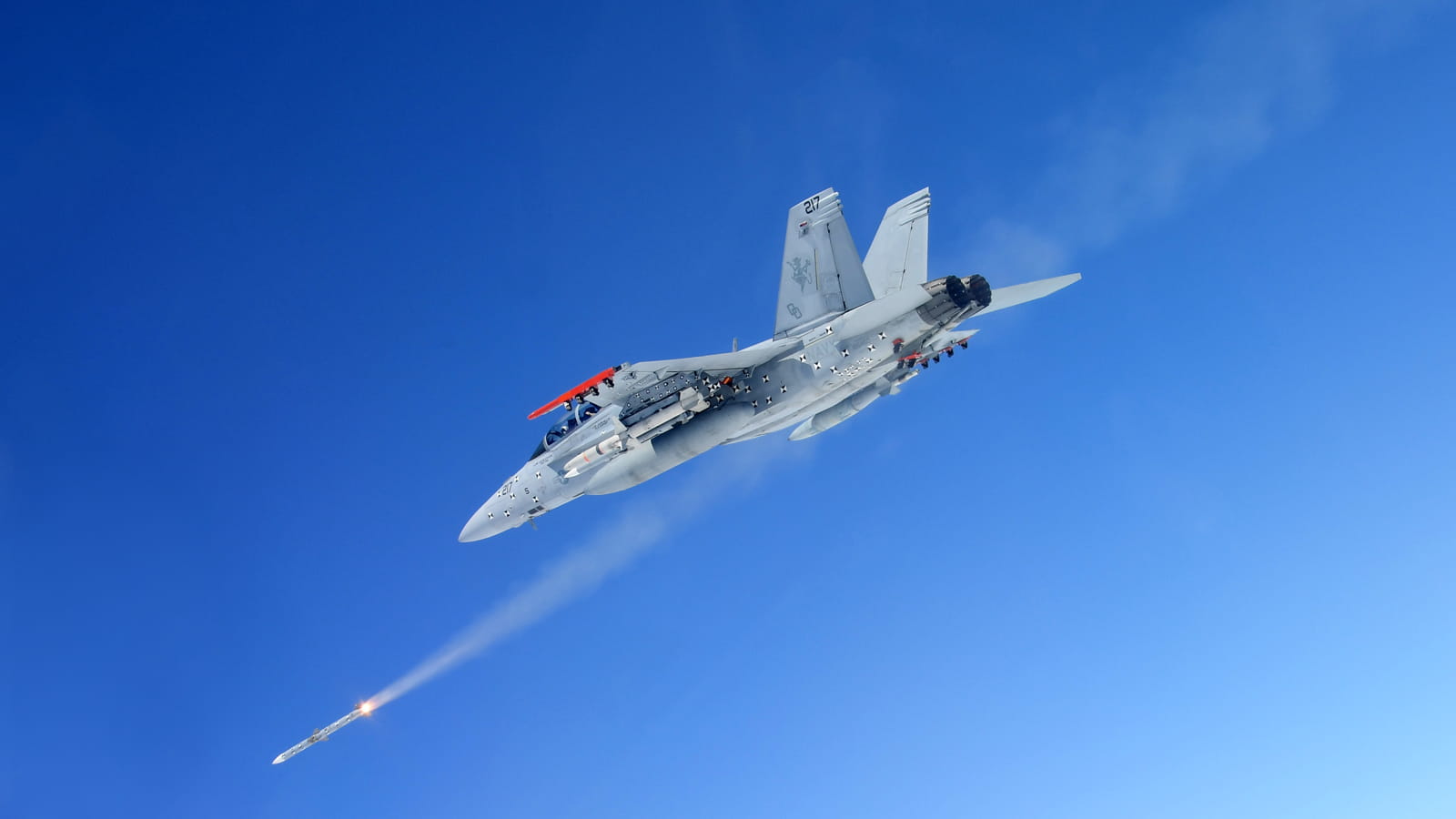
An AMRAAM F3R missile is launched from an F/A-18F Super Hornet over the Point Mugu Sea Range during a test.
Raytheon works closely with the Navy and the Naval Air Station Fallon, home to the real-life TOPGUN fighter training school in Fallon, Nevada, to continually improve precision weapons carried on the F/A-18.
They include the AMRAAM missile, a medium-range weapon that is undergoing what’s known as an F3R, or form, fit and function refresh, to address new threats. Its integration with active electronically scanned radar – specifically, the AN/APG-79 radar made by Raytheon – has given it the ability to engage targets farther than crews can see.
“(The radar) can see almost everything out there – track it and pass on that information to the AMRAAM so that it can pick a target out of the sky,” said Kelley, a former commander of Naval Air Force Atlantic.
Hardware and software updates like the Software Improvement Program-3 will also improve the weapon’s guidance, range and performance.
The StormBreaker smart weapon “takes the smart weapon capability to a new level,” Kelley said. It can see through dust, fog, smoke and rain and glide more than 40 miles to strike moving targets on land or at sea. The Super Hornet will be the second fighter jet to add the network-enabled weapon when it reaches initial operating capability.
The AIM-9X SIDEWINDER missile has long been favored by fighter pilots like Kelley because it's what they call a “fire-and-forget” weapon; they can launch it from afar and let the seeker do the rest.
“The SIDEWINDER provides the Super Hornet with a dogfight … short-range weapons that compliment onboard sensors’ queuing systems to make a lethal combination for would-be foes,” Kelley said. “The ability to be so flexible in an air combat maneuver environment is truly impressive.”
The latest variant features upgrades including a redesigned fuze and a digital ignition device that allows better ground handling and in-flight safety.
And while the Tomahawk cruise missile isn’t technically part of the F/A-18, anyone who saw Top Gun: Maverick knows the important role it can play in clearing the way for the Super Hornet and other fighter jets to carry out their missions. The system launches from ships and submarines, and it can strike with precision from 1,000 miles away – even in heavily defended airspace. The latest variant will feature upgraded navigation and communication, as well as the ability to hit moving targets at sea and a new programmable warhead that will expand Tomahawk’s long-range land attack capability.
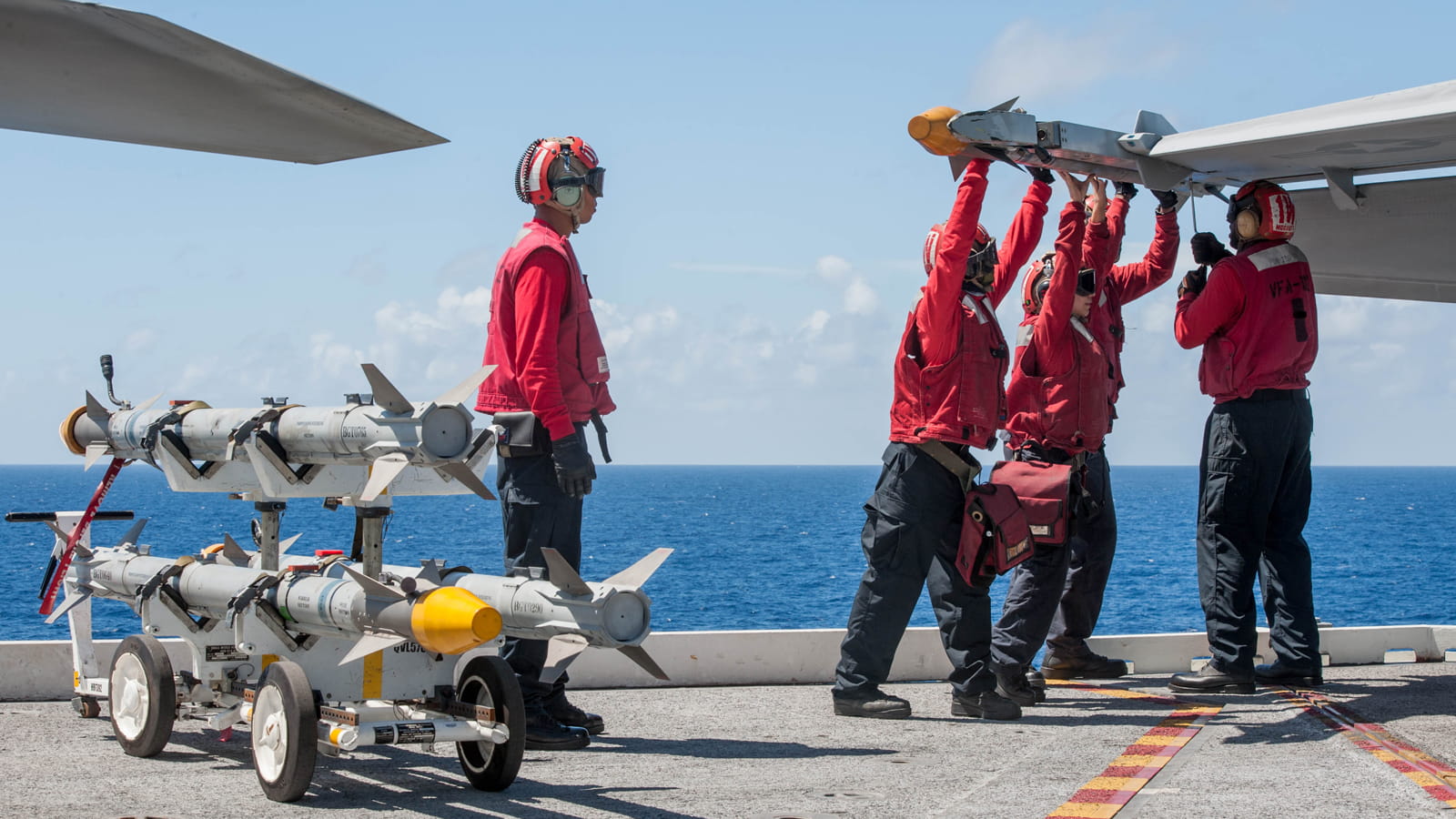
Sailors remove an AIM-9X SIDEWINDER air-to-air missile from an F/A-18F Super Hornet on the flight deck of the USS Ronald Reagan (CVN 76). (Photo: U.S. Navy)
Kelley flew from aircraft carriers in unusual places and in harsh weather, so he understands the importance of having robust precision weapons ready to go – day or night and in any weather conditions.
“We can put a precision weapon through any type of weather and not be concerned about whether we can see the target or if the target is moving,” Kelley said. “It’s taken us to a new level of air dominance.”
Radars and sensors
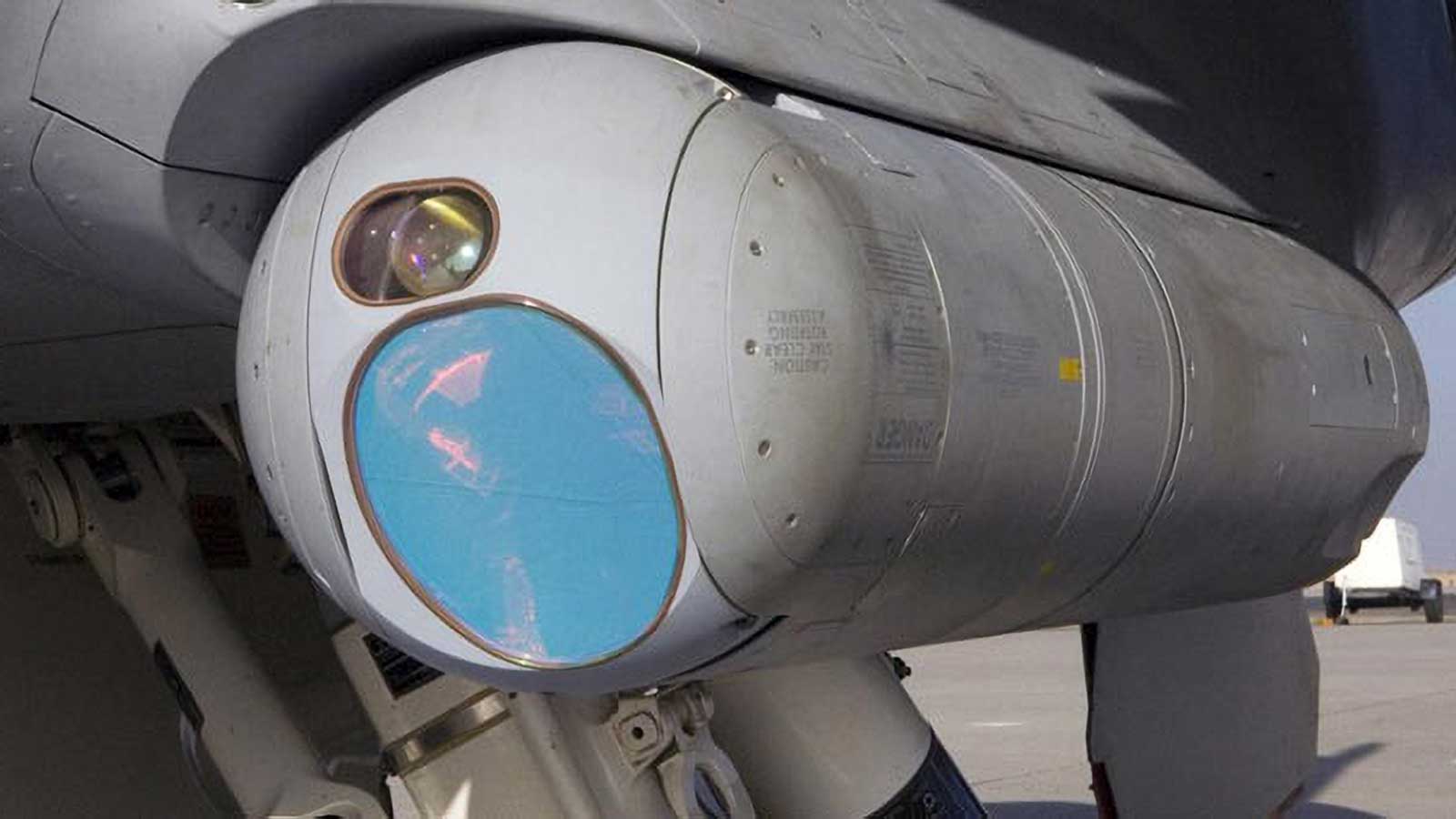
The Advanced Targeting Forward Looking Infrared pod delivers pinpoint accuracy and reliability for air-to-air and air-to-ground mission support.
Part of the F/A-18’s power comes from its ability to use the information gathered by the radars and other sensors on board. Several of them come from Raytheon.
The AN/APG-79 active electronically scanned array, or AESA, radar, helps aircrews detect and track enemy aircraft from greater distances, with greater accuracy. It has hundreds of solid-state transmit and receive modules, which allow greater control of the beam as well as the ability to use air-to-air and air-to-ground modes simultaneously. That allows aircrews to track multiple targets while rapidly scanning large volumes of airspace for additional threats.
The radar is compatible with current F/A-18 weapon loads. It enables aircrew to fire weapons such as the AIM-120 AMRAAM, and simultaneously guide several missiles to several targets in different directions, at different elevations and at different ranges.
The AN/ALR-67(V)3 digital radar warning receiver tells pilots when danger is near. It detects emitters in high-pulse density and intercepts faint, distant signals despite interference from strong nearby transmitters. Raytheon is developing scalable, all-digital variants.
And the Advanced Targeting Forward Looking Infrared, or ATFLIR, uses electro-optical sensors, infrared sensors and a powerful laser to locate and designate targets day and night, at ranges exceeding 40 nautical miles and altitudes surpassing 50,000 feet.
Landing gear
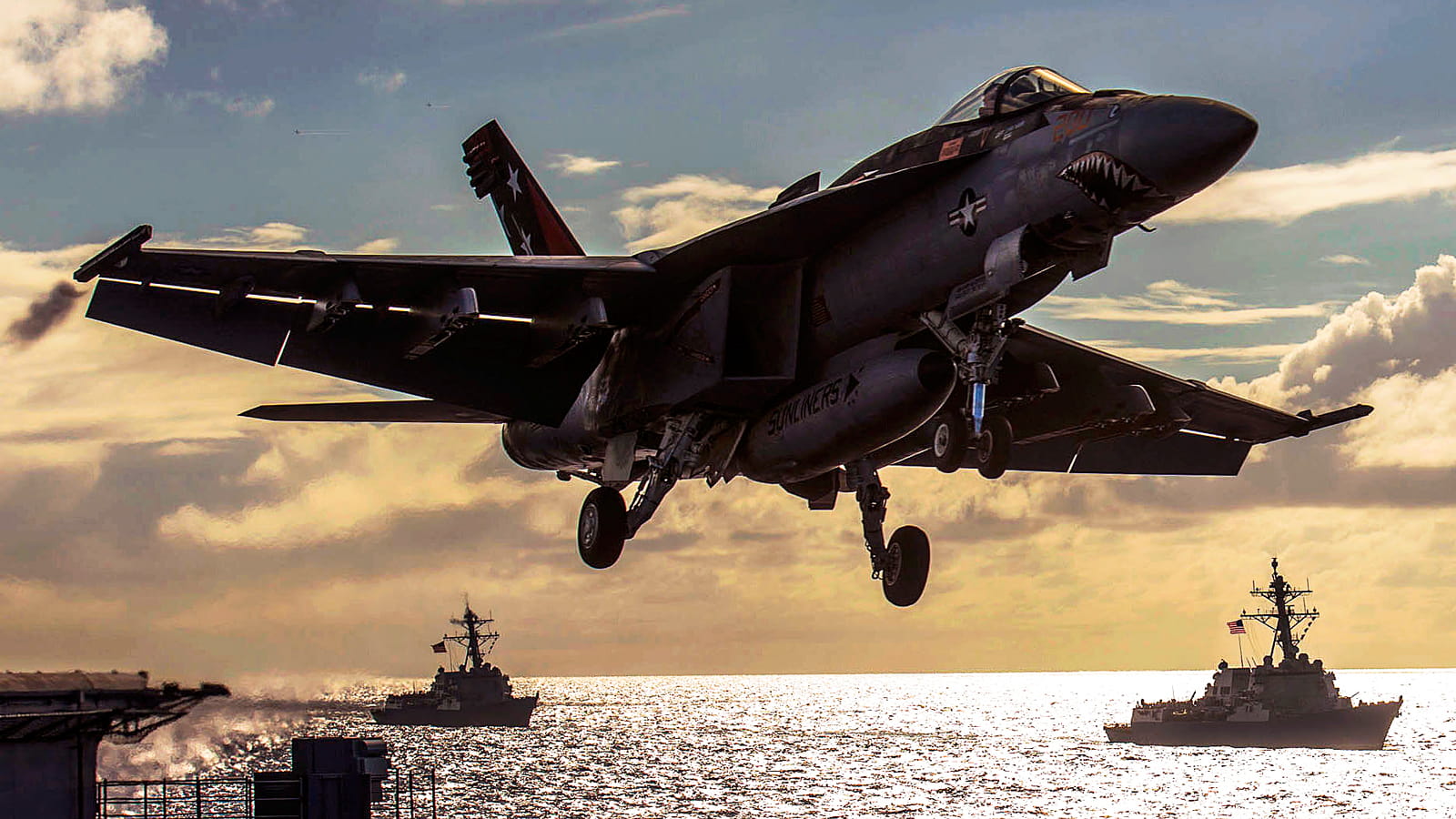
An F/A-18E Super Hornet launches from the deck of the USS Carl Vinson (CVN 70). (Photo: U.S. Navy)
The F/A-18’s ability to operate from an aircraft carrier sets it apart. But operating from an aircraft carrier, of course, means you have to land there – and that's no easy feat for the pilot or the plane.
The main issue is that F/A-18s have to land on carriers at a steady and fixed angle of descent. When the seas are high and the ship is pitching and rolling, it makes for extreme landing conditions. The combination of a fast descent and a rising ship means pilots touch down hard – which is why they sometimes call carrier landings “controlled crashes.”
“It’s not like a 737 greasing on the runway. It’s something that’s a little extraordinary,” said Charlie “Hooter” Hautau, a former U.S. Navy A-6 Intruder pilot who now works as senior director for defense programs at Collins Aerospace, an RTX business.
Collins has supplied nearly 40 systems to the F/A-18 – including the landing gear, which interfaces with the catapult system for takeoff, stows compactly for flight and absorbs the landing impact. To support carrier operations, the landing gear is designed to withstand about five times the landing energy of the most severe land-based conditions.
“It’s an understatement to say it’s a very unique environment,” Hautau said.
Avionics and other systems
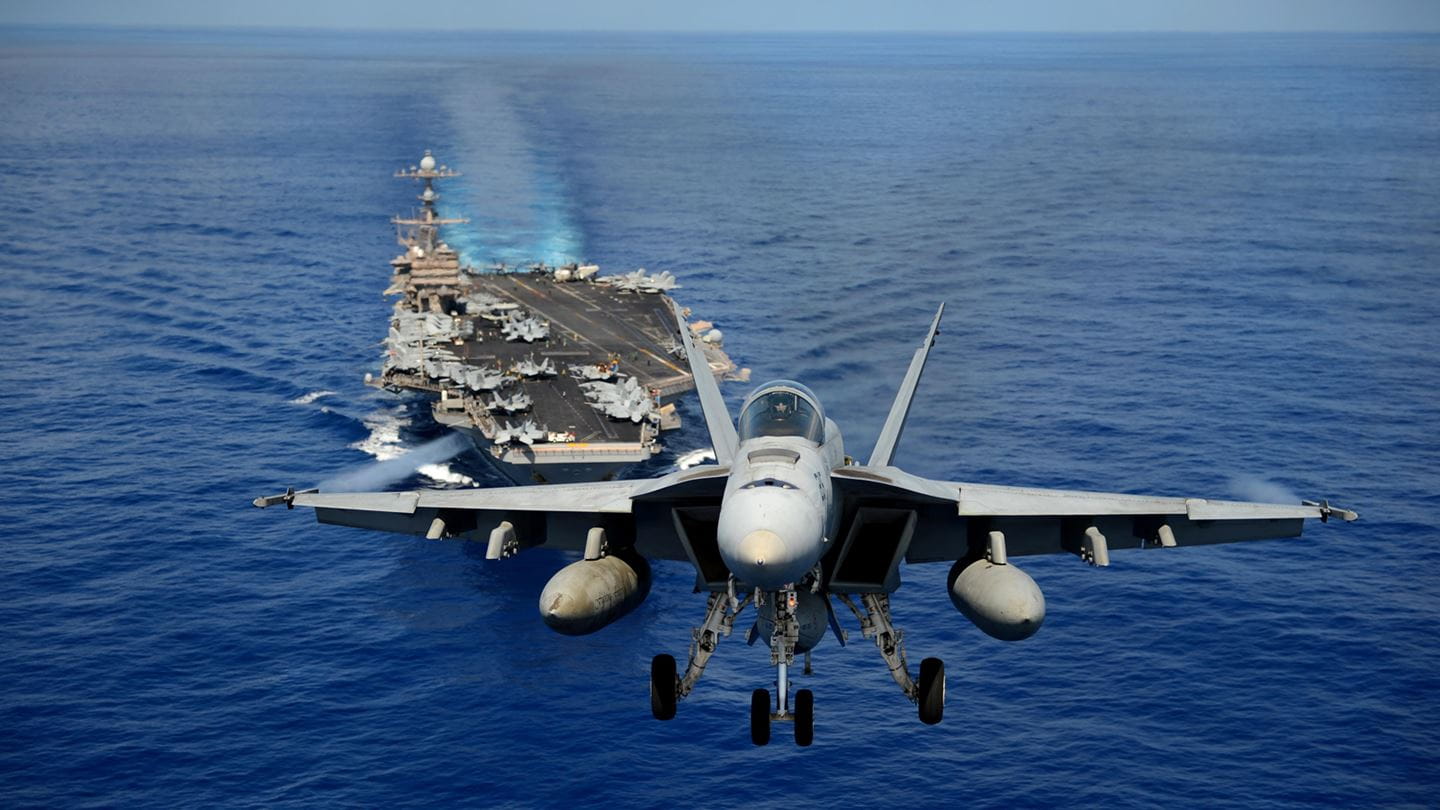
The F/A-18's avionics provide essential information about what's happening in and around the aircraft. (Photo: U.S. Navy)
In any military aircraft, underneath all the action is a collection of avionics and other systems that provide crews with essential information about what’s happening inside and around the plane.
Among them are the radios and datalinks that enable pilots to communicate, and systems such as the head-up display and the Joint Helmet Mounted Cueing System, both produced or co-produced by Collins.
All those systems require power, which comes from the engine, by way of a Collins-produced electric power management system.
“We don’t make the aircraft – we make it better,” Hautau said, alluding to the old BASF Corp. tagline. “We provide what makes it a fighter aircraft.”
Apart from the systems on the plane, there are also technologies that help pilots prepare to fly and to fight. Among them is the Tactical Combat Training System Increment II, a modern range instrumentation system that provides a radio datalink that passes multi-level encrypted information between F/A-18s on the training range and other aircraft participating in the same exercises.
That system, Hautau said, provides the foundation for full-on live virtual constructive training, where small groups train in real-world settings enhanced by digital technology. The idea is to give pilots a realistic representation of actual fighting scenarios – and lots of chances to improve their performance in them.
“The first three days of a war are always critical,” said Hautau, who flew in Operation Desert Storm. “You can lose aircraft and/or aircrew, and the learning curve gets pretty steep. Ideally, what you’d like to do is ensure that when your aircrew are going into harm’s way, they’ve been in that training environment so they’ve already gotten through those first three days before the bell strikes.”

